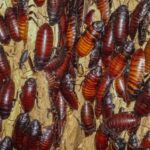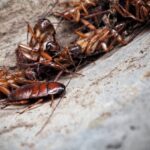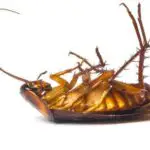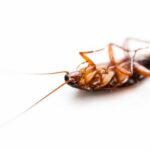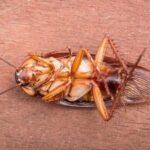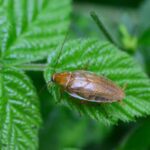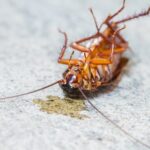Circulation of Blood in Cockroaches
The circulatory system of a cockroach transports nutrients, carbon dioxide, and hormones throughout the body. The heart of the cockroach consists of thirteen funnel-shaped chambers and is located mid-dorsally. The heart is enclosed by pericardial and perivisceral sinuses. The ventral nerve cord is located within the perineural sinus.
The cockroach’s circulatory system is comprised of a fluid known as hemolymph. Although it does not flow through blood vessels, the fluid helps transport nutrients and maintains hydrostatic pressure. The fluid also bathes the visceral organs. Haemocytes are present in the hemolymph, and they play important roles in coagulation, phagocytosis, and wound healing.
The circulatory system in insects is unique. Some insects have a central nervous system that exerts strong control over the dorsal vessels and diaphragms. This system also plays a role in controlling the heartbeat. However, the function of neurohormonal control over the heartbeat is not yet fully understood. However, the coelopulse system suggests sophisticated coordination between the circulatory and respiratory systems of insects.
The circulating hemolymph is not essential for respiration, but is essential for transporting nutrients throughout the body and transporting metabolic waste products to the malpighian tubules for excretion. It also contains free cells known as hemocytes, which help the insect protect itself from microorganisms. It is also responsible for storage of fats and glycogen, which are essential for the insect’s metabolism.

